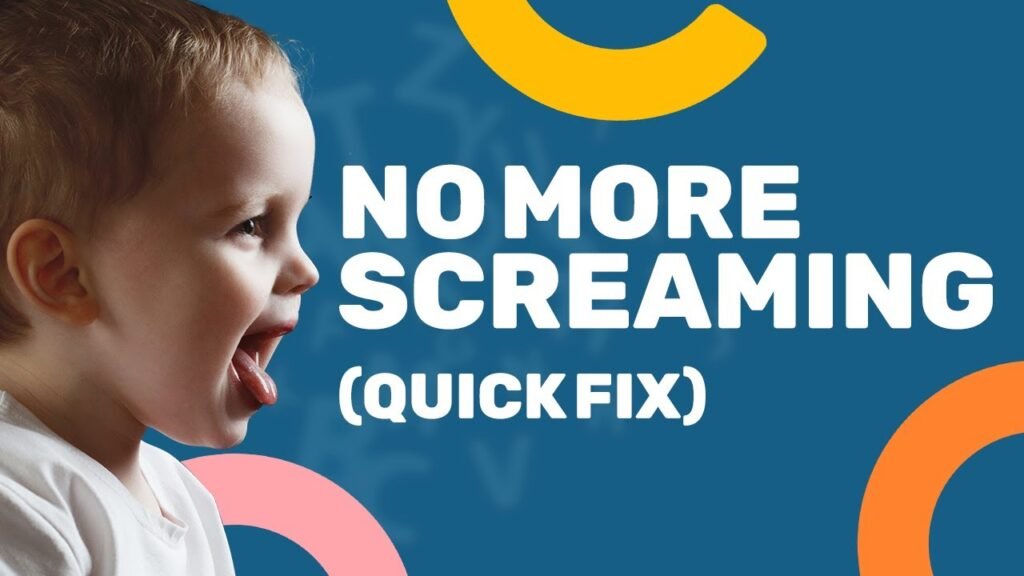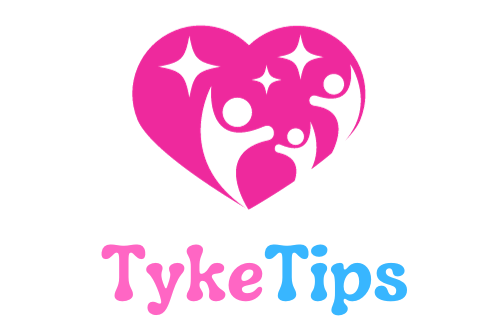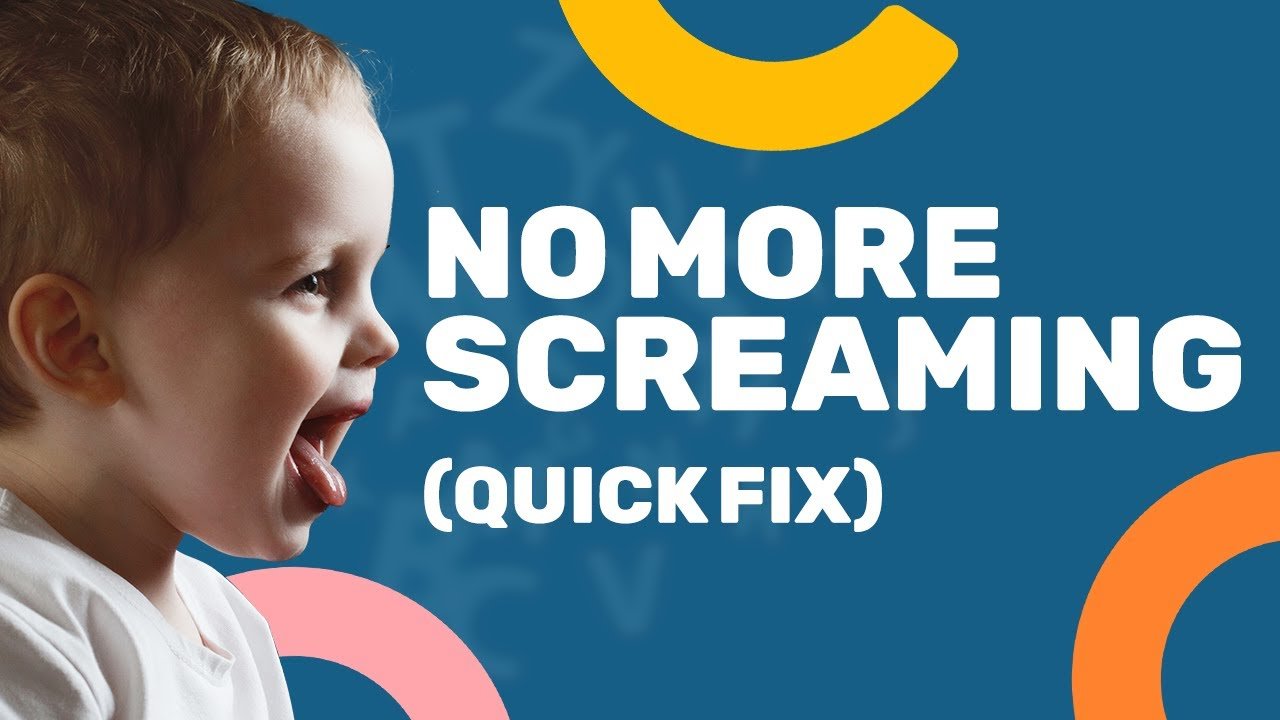In “Simple Hack to Improve Communication in Babies and Toddlers,” Emma Hubbard shares a practical strategy to enhance communication skills in young children. By pausing and giving babies and toddlers the chance to communicate their needs, their language development can accelerate. Avoiding the habit of anticipating and immediately fulfilling their needs allows children to learn how to effectively communicate through babble, gestures, and eventually words. The video provides tips on implementing the pause technique, such as waiting for them to point, make sounds, or show interest in objects. By encouraging babies and toddlers to express themselves, they experience the power of communication and become more motivated to continue communicating in the future.
Emma Hubbard introduces a simple yet effective method to improve communication skills in babies and toddlers. By pausing and allowing children to express their needs through sounds, gestures, and eventually words, parents can promote effective communication and reduce frustration. Anticipating their needs and providing things before they ask can hinder their ability to communicate effectively. The video offers practical ways to implement this pause technique, such as waiting for them to point, make sounds, or show interest in specific objects. By giving babies and toddlers the opportunity to communicate, they gain a sense of empowerment and are motivated to continue developing their communication skills.
Benefits of Improving Communication in Babies and Toddlers

Enhanced language development
Improving communication in babies and toddlers has numerous benefits, starting with enhanced language development. When babies and toddlers have the opportunity to communicate, whether through babbling, gestures, or eventually words, they are actively developing their language skills. By engaging in conversation, children can expand their vocabulary, learn new words, and improve their ability to form sentences and express themselves. This lays a strong foundation for future language and literacy skills.
Improved social interaction skills
In addition to language development, improving communication in babies and toddlers also enhances their social interaction skills. When children can effectively communicate their needs and desires to others, they are better able to navigate social situations and build relationships. Communication skills such as turn-taking, listening, and following instructions are crucial for successful interactions with peers, siblings, and adults. By encouraging babies and toddlers to communicate, we are empowering them to engage with the world around them and form meaningful connections.
Increased self-confidence and independence
Another significant benefit of improving communication in babies and toddlers is an increase in self-confidence and independence. When children are able to express themselves and have their needs met, they feel more confident in their abilities and autonomy. They begin to trust their own voice and develop a sense of agency in their communication. As babies and toddlers become more independent communicators, they rely less on temper tantrums or frustration as a means of expression. This independence promotes a positive sense of self and empowers children to advocate for themselves in various situations.
Understanding the Importance of the Pause Technique
Allowing babies and toddlers to communicate
The pause technique is a simple yet powerful way to enhance communication in babies and toddlers. By pausing and giving children the opportunity to express themselves, we are allowing them to engage in meaningful communication. Instead of assuming their needs and providing them with what we think they want, the pause technique encourages us to listen and wait for their cues. This creates a space for babies and toddlers to communicate their needs effectively, fostering a sense of agency and empowerment.
Developing their language skills faster
By implementing the pause technique, we can accelerate the development of babies and toddlers’ language skills. When we pause and wait for their response, we are encouraging them to use their existing communication tools, such as pointing, babbling, or gesturing. This repetition and reinforcement of their communication attempts help them to refine and expand their language abilities. They learn to associate specific words or gestures with their desired objects or actions, leading to more precise and effective communication in the future.
Encouraging effective communication
The pause technique also plays a vital role in encouraging effective communication in babies and toddlers. By creating a pause and giving them the opportunity to express themselves, we are teaching them to use alternative means of communication beyond crying or tantrums. As babies and toddlers understand that their attempts to communicate are acknowledged and valued, they become more motivated to communicate effectively. This motivation, coupled with consistent reinforcement through positive experiences, allows children to develop strong communication skills and promotes healthy language development.
Challenges of Anticipating Needs
Hindering effective communication
While it may seem intuitive to anticipate the needs of babies and toddlers, this can actually hinder effective communication. When we constantly provide for their needs before they have a chance to express them, we are inadvertently sending the message that their attempts to communicate are unnecessary. This can create a cycle where children rely on non-verbal cues such as crying, grunting, or whining to get what they want, instead of using words or gestures to express themselves. Anticipating their needs may unintentionally discourage their efforts to communicate effectively.
Limiting language development
Anticipating needs can also limit the language development of babies and toddlers. When children are not given the opportunity to practice and refine their communication skills, their vocabulary and linguistic abilities may be delayed. Language learning occurs through active participation and engagement, and by constantly providing for their needs without requiring them to use language, we are stunting their language development. It is crucial to create an environment that encourages and fosters communication, allowing children to build their language repertoire and skills.
Reducing motivation to communicate
Another challenge associated with anticipating needs is that it reduces the motivation for babies and toddlers to communicate. If their needs are consistently met without them needing to make any effort to communicate, they may not feel the need to develop their communication skills further. Babies and toddlers are naturally curious and eager to explore the world around them. By providing them with opportunities to communicate and giving importance to their attempts, we can keep their motivation high and encourage them to continue developing their communication skills.
Age Milestones for Communication
Babies as young as 9-10 months can communicate
Communication starts from a very early age, even before babies are able to speak. Babies as young as 9-10 months old are capable of communicating their wants and needs through non-verbal means. They may use gestures, such as pointing or shaking their head, as well as babbling or making sounds to express themselves. It is important to recognize and respond to these early communication attempts, as they form the foundation for future language development.
Using babble, gestures, and eventually words
As babies grow and develop, their communication skills progress from simple gestures and sounds to more complex language abilities. They continue to use babble and gestures as they learn to understand and produce words. By consistently responding to their attempts to communicate and providing them with positive reinforcement, babies and toddlers gradually transition from non-verbal communication to using words to express themselves more effectively.
The importance of early language development
Early language development is crucial for a child’s overall development and future success. Research has shown that children who are exposed to a language-rich environment from a young age tend to have better cognitive, social, and emotional skills. By encouraging communication in babies and toddlers, we are setting the stage for their language development and facilitating their ability to engage with the world around them. Early language skills are a strong predictor of later academic achievement and overall well-being.
Practical Ways to Implement the Pause Technique
Wait for pointing gestures
One practical way to implement the pause technique is to wait for pointing gestures. When your baby or toddler wants something, encourage them to point to the object or item they desire. Instead of immediately providing it, wait for the pointing gesture as a form of communication. This allows the child to actively participate in the communication process and reinforces the connection between the gesture and the desired object.
Encourage vocalizations and sounds
Vocalizations and sounds are important tools for communication, especially for babies and toddlers who have yet to develop a wide range of words. Encourage your child to make noises or sounds to express themselves. When they vocalize or make sounds, respond to their attempts by acknowledging and understanding what they are trying to communicate.
Wait for eye contact with objects
Eye contact is a powerful form of communication, even for young children. Encourage your baby or toddler to make eye contact with the objects or items they want. By waiting for this visual cue, you are giving them an opportunity to express themselves and actively engage in the communication process.
Create an environment for communication
Creating an environment that supports communication is essential for implementing the pause technique effectively. Ensure that your home or daycare setting is filled with age-appropriate toys, books, and materials that encourage communication and interaction. Set aside dedicated time for conversation and play, where you can actively engage with your child and respond to their attempts to communicate.
The Power of Allowing Babies and Toddlers to Communicate
Experience the joy and power of communication
Allowing babies and toddlers to communicate brings immense joy and power to both the child and the parent. When children can effectively express themselves and have their needs met, they experience a sense of accomplishment and satisfaction. They feel heard and understood, which boosts their self-confidence and emotional well-being. As parents, witnessing our children communicate and thrive in their language development brings us joy and reinforces the importance of nurturing their communication skills.
Motivation to continue communicating
By encouraging and valuing the communication attempts of babies and toddlers, we provide them with the motivation to continue developing their communication skills. When children experience the positive outcomes of effective communication, such as having their needs met or receiving attention from their caregivers, they are more likely to engage in further communication. This motivation creates a feedback loop that pushes children to improve their communication abilities and actively participate in conversations.
Building strong parent-child relationships
Effective communication is the cornerstone of strong parent-child relationships. When we actively listen and respond to our children’s attempts to communicate, we are building trust and connection. By valuing their communication and creating an environment that encourages open dialogue, we foster a sense of security and attachment in our children. This strong parent-child bond lays the foundation for healthy emotional and social development.
Additional Strategies to Improve Communication
Watch the video for 10 more tips
To further explore strategies for improving communication in babies and toddlers, watch the video provided by Emma Hubbard. In the video, she shares ten additional tips and techniques that can assist in getting your baby to start talking and enhancing their overall communication skills.
Assisting in getting the baby to start talking
Assisting babies in their journey to start talking involves creating a language-rich environment and modeling language for them. Talk to your baby regularly, narrate your actions, and engage in conversations even if they cannot respond with words yet. By exposing them to language and encouraging their attempts at communication, you can support their language development and help them take their first steps in verbal expression.
Tailored strategies for different ages
As children grow and develop, their communication skills evolve as well. Tailoring strategies to their specific age and developmental stage can further enhance their communication abilities. For example, for older toddlers who are starting to form sentences, you can encourage them to use descriptive words or engage in role-playing to practice everyday communication scenarios. Understanding the unique needs of each stage of development allows you to provide the appropriate support and guidance to optimize their communication skills.
Conclusion
Improving communication in babies and toddlers is a simple yet powerful way to foster their language development, social interaction skills, and overall independence. By implementing the pause technique and allowing children to communicate effectively, we empower them to participate actively in conversations and express themselves confidently. Remember to be patient, create a supportive environment, and value each communication attempt. By doing so, you are laying a strong foundation for their future language skills and fostering a deep parent-child connection. Thank you for taking the time to read this comprehensive article, and be sure to implement the strategies shared to witness the transformative power of effective communication. Stay tuned for more helpful parenting tips in the future!

